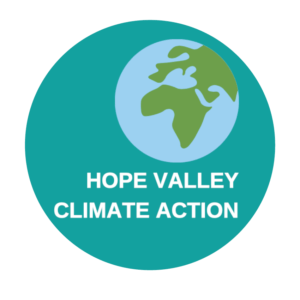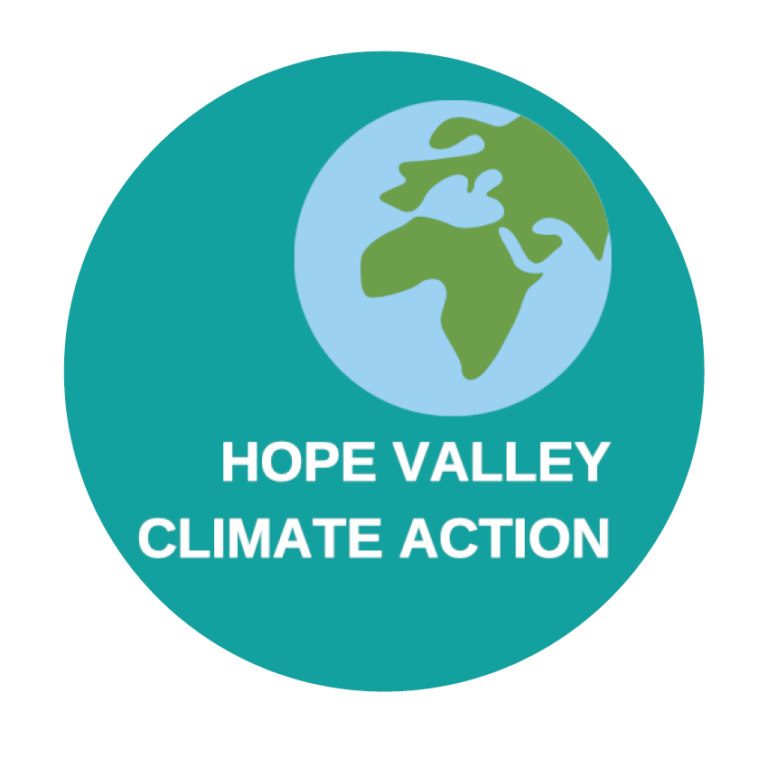Mike Pedlar recently came across this excellent document written in 2019 about the damage caused by pesticides. It is entitled “A proposal for a pesticide free Rochdale, Heywood & Middleton” by Dr Ana Kozomara, who has PHD in Genomics, Raichael Lock, a PhD student, researching soil fertility at University of Manchester and Adam Williams, Environment Officer for Heywood & Middleton CLP. The following summarises the key points and the whole paper can be downloaded here. LINK
Habitat restoration, coupled with drastic reductions in agro-chemical inputs and pesticide use are the best ways to stop further decline in insect populations. If we don’t act immediately the repercussions this will have for the planet’s ecosystems are catastrophic as insects are at the structural and functional base of many of the world’s ecosystems.
Introduction
There is increasing evidence against the use of pesticides due to its effects on human health and the health of the living planet.
“It is ironic to think that man might determine his own future by something so seemingly trivial as the choice of an insect spray.” Rachel Carson, Silent Spring, 1962.
Environment Officer Adam Williams became aware of the alarming death rate of bees in 2018 and went on a shocking journey of discovery.
Pesticides
These are substances that are meant to control pests, including weeds. Intensive agriculture involves the systematic use of pesticides for controlling crop pests (insecticides), competing weeds (herbicides) and fungal infections (fungicides).
The most common of these are herbicides which account for approximately 80% of all pesticide use, the most common brand being ‘Roundup’. Glyphosate is the most commonly used herbicide in the world. It was invented and commercialised by Monsanto in 1973. Glyphosate is now ubiquitous in the environment, with it being present in soil, air, surface water, groundwater, food and our urine
Effects on Biodiversity decline
In terms of toxicity, insecticides are by far the most toxic to all insects and other arthropods, followed by fungicides. Insects are vanishing at a rate faster than mammals, fish, amphibians, and reptiles. Research now indicates that as much as 40% of all insect species may be endangered over the next several decades. Butterflies and moths are some of the hardest hit: 53% of Lepidoptera have seen declining population numbers.
Pesticide effects on soil fertility
Soil health is important because it sustains life: it enables biodiversity to flourish and forms the basis of our food system. A healthy soil will not only contain organic matter but also innumerable invertebrates and protozoa, bacteria and mycorrhizal fungi that are essential for the maintenance of soil structure. Recent research has shown that pesticides increase worm mortality, decrease their fecundity and size, causing changes to their behaviour, biomass and density. All of which leads to an unhealthier soil
Effects on human health
While Monsanto continues to deny that glyphosate is causing any health hazard to humans, there is now a growing body of evidence that glyphosate is “probably carcinogenic to humans”. The most common cancer found to be associated with the use of glyphosate is Non -Hodgkin Lymphoma (NHL). There are an estimated 13,400 glyphosate cancer cases pendin g in US state and federal courts and no claimants have lost the case against Monsanto so far.
Alternatives
In regards to alternatives, there are a number of techniques and technologies that are now on offer from steam to an organic based foam that concentrate on weeds without leaving harmful chemicals and which have no effect on biodiversity.
The good news is WE DON’T NEED PESTICIDES!
Alternative herbicides for Local Authorities
Foamstream applies uses plant oils and sugars to boiling water to create a foam that can be used anywhere, in all weathers, requires no personal protective equipment.
Weed Torch to burn green weeds. Steam
https://gardenorganic.org.uk/sites/www.gardenorganic.org.uk/files/updated_review_0.pdf
Alternative herbicides for farmers
Mechanical weeding
Pasture Cropping: weed control with careful mowing/grazing and planting schedules
Thick cover crop and a roller-Crimper
Animal grazing
More judicious use of Glyphosate
https://www.pan-europe.info/sites/pan-europe.info/files/public/resources/reports/Alternative%20methods%20in%20weed%20managment%20to%20glyphosate_PAN%20Europe_171018.pdf
Alternative herbicides for gardener
Organic weedkillers: herbicidal soap, essential oil of clove, RHS glyphosate free Weedkiller
Mulching, and competition planting
Elbow grease to pull out weeds
Household products for paths: boiling water, bleach 25% dilution, white vinegar 15% dilution
Eat the weeds
Use an organic geotextile membrane under paths and hard surfaces
https://www.gardenorganic.org.uk/weed-management
https://www.hortzone.com/blog/best-glyphosate-alternative/
Alternative insecticides for gardener
Be watchful and remove by hand or knock into a bucket of soapy water
Grow healthy plants by composting and irrigating
Companion planting, for example carrots next to radishes
Crop rotation and diversified planting
Covers, collars, netting, coffee cans, sticky boards
Diatomaceous earth and Beer traps for slugs
Horticultural oils and insecticidal soaps, Neem oil
Homemade vegetable oil and mild soap spray
Garlic and chilli pepper spray
Tomato leaf spray
https://www.treehugger.com/natural-homemade-insecticides-save-your-garden-without-killing-earth-4858819
https://www.state.nj.us/dep/enforcement/pcp/administration/alternative.pdf



2 Responses
Thanks Steve, Afters years of inertia, there are some signs of a wider awareness of the dangers of glyphosate, especially with recent campaigns to preserve insects and Monty Don’s plea to leave our domestic lawns to grow longer. Learning to love the dandelions in the lawn is a big ask for lots of us – I need to engage my next door neighbour in this conversation! Mike
Well done.